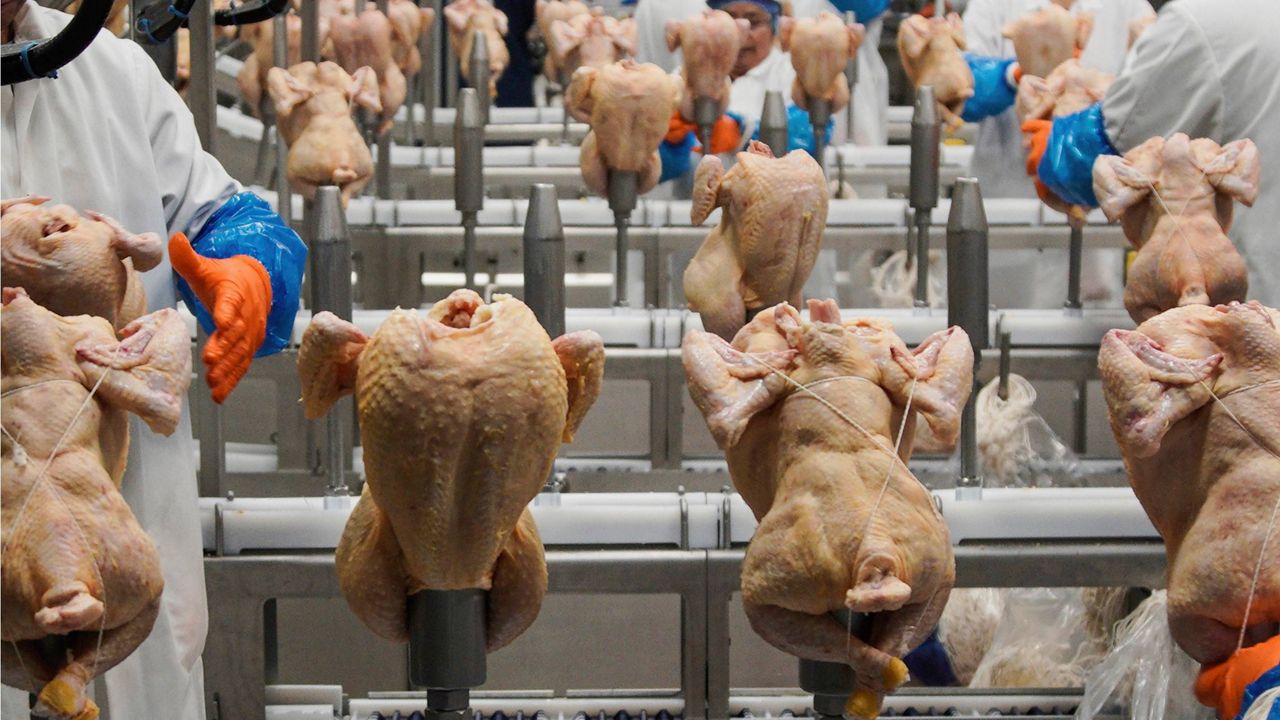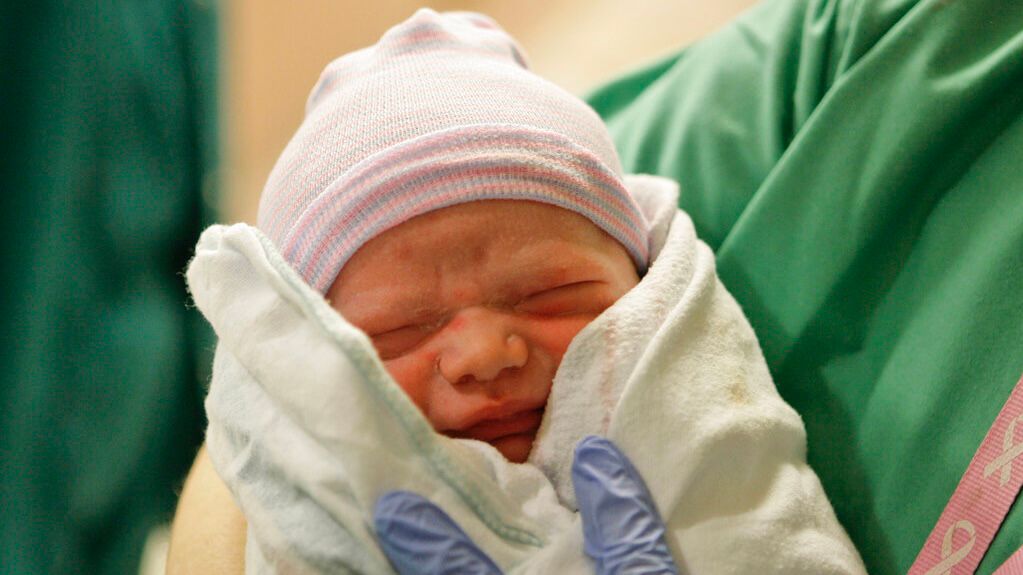The average life expectancy of Americans rose in 2022 for the first time since COVID-19 initially spread throughout the country but still remains below its pre-pandemic number, according to provisional data released Wednesday by the Centers for Disease Control and Prevention.
What You Need To Know
- The average life expectancy of Americans rose in 2022 for the first time since COVID-19 initially spread throughout the country but still remains below its pre-pandemic number, according to provisional data released Wednesday by the Centers for Disease Control and Prevention
- Overall life expectancy last year was 77.5, increasing by 1.1 years compared to 2021
- Fueled by COVID-19, average life expectancy saw its sharpest two-year decline in nearly a century in 2020 and 2021, falling from 78.8 years before the pandemic to 76.4 in 2021
Overall life expectancy last year was 77.5, increasing by 1.1 years compared to 2021.
Fueled by COVID-19, average life expectancy saw its sharpest two-year decline in nearly a century in 2020 and 2021, falling from 78.8 years before the pandemic to 76.4 in 2021, a 25-year low.
The average expected life span was still 1.3 years shorter last year than in 2019.
Life expectancy for males in 2022 was 74.8 years, up 1.3 years from the year before. Women, meanwhile, were expected to live 80.2 years on average, up 0.9 years from 2021.
The 5.4-year difference between the two sexes was down from 5.8 years in 2021.
The American Indian and Alaska native population group experienced the biggest increase in life expectancy last year — 2.3 years, from 65.6 to 67.9. That was followed closely by a 2.2-year jump among Hispanics — from 77.8 to 80.
The Black population saw a 1.6-year increase (from 71.2 to 72.8), while Asians rose by one year (83.5 to 84.5) and White people by 0.8 years (76.7 to 77.5).
There was an 84.2% decline in COVID-19 deaths from 2021 to 2022, which played a significant role in the higher life expectancy. Deaths from heart disease (3.6% lower), unintentional injuries (2.6% lower), cancer (2.2% lower) and homicide (1.5% lower) were also down.
The increase in average life span might’ve been even higher if it had not been for a rise in deaths from other conditions. There was a 25.5% spike in influenza and pneumonia deaths last year, a 21.5% increase in deaths from perinatal conditions and a 13% rise in kidney disease deaths. There were also additional deaths from nutritional deficiencies (12.6% higher) and congenital malformations (up 5.9%).
The life expectancy estimates are calculated using death certificates. The data is considered provisional because death certificate information may be revised or additional certificates may be received until midway through next year.
Ryan Chatelain - Digital Media Producer
Ryan Chatelain is a national news digital content producer for Spectrum News and is based in New York City. He has previously covered both news and sports for WFAN Sports Radio, CBS New York, Newsday, amNewYork and The Courier in his home state of Louisiana.








